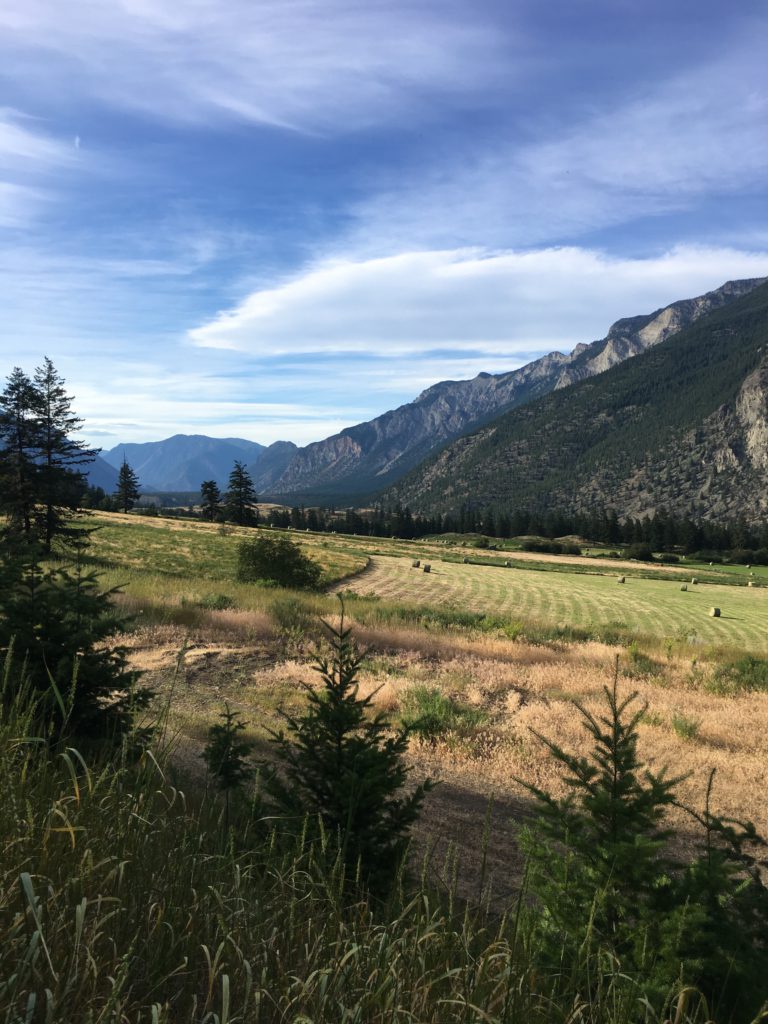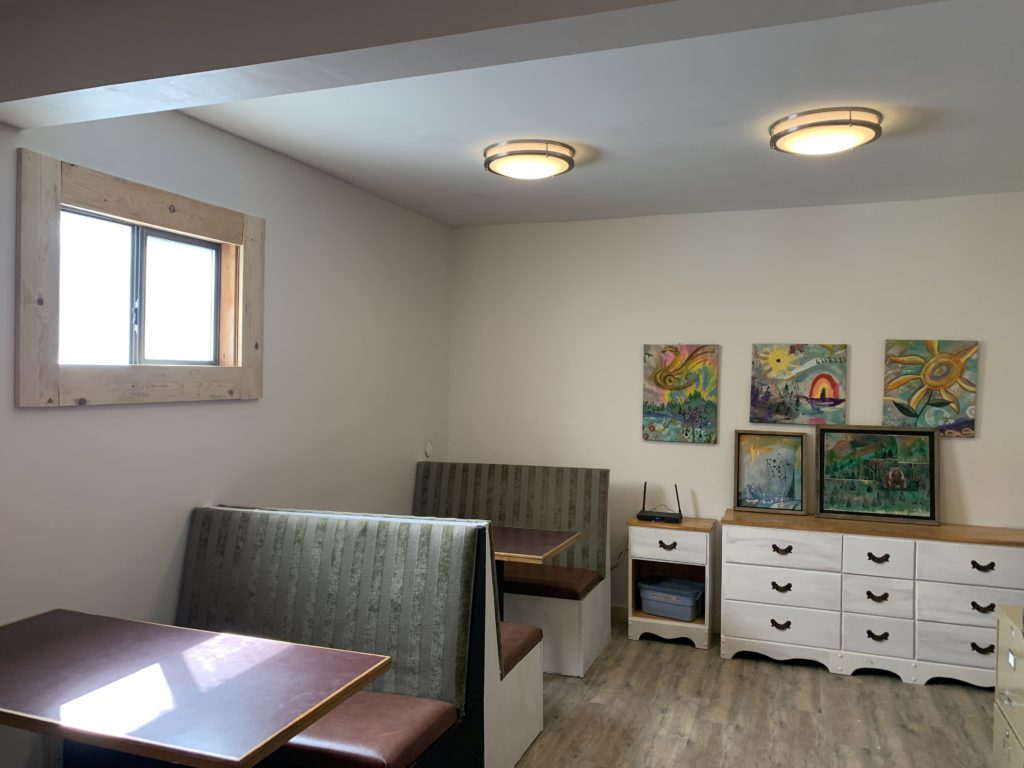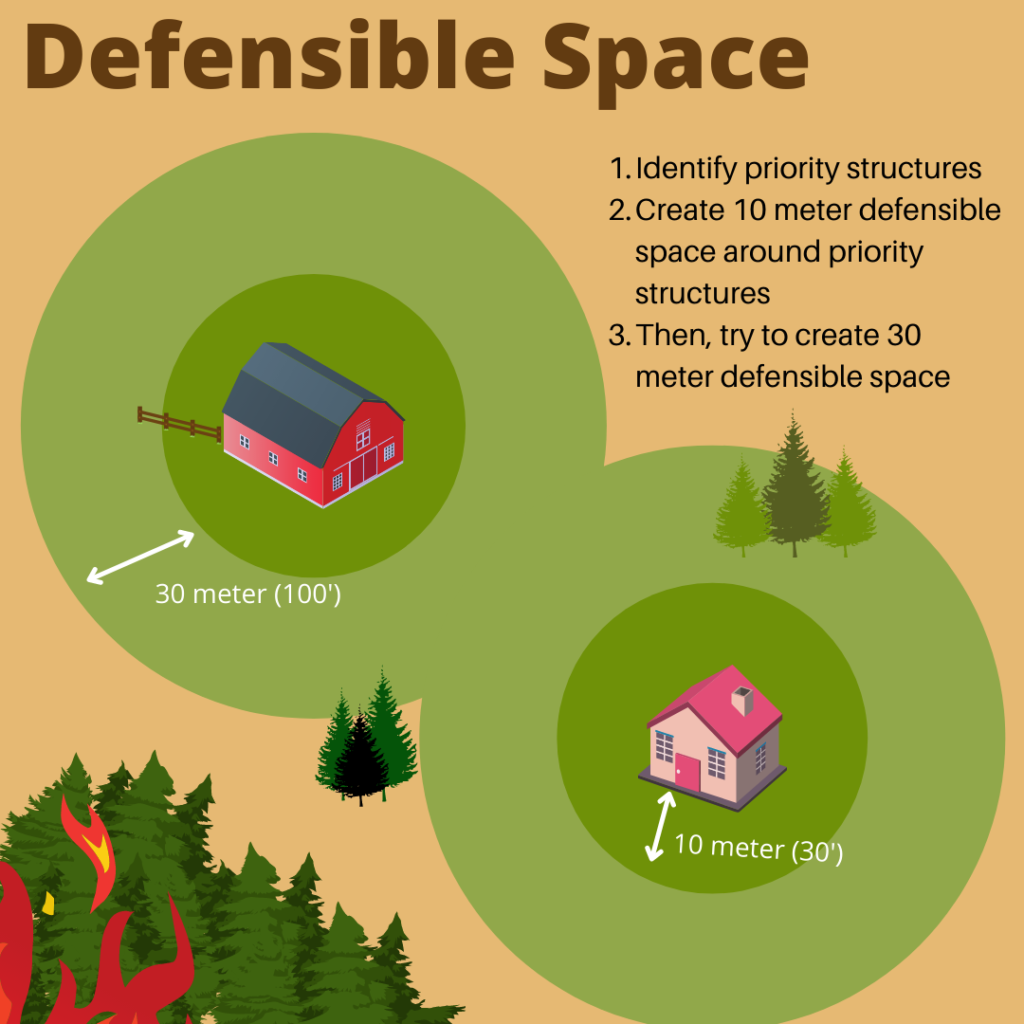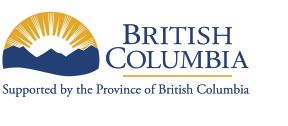The Lillooet Agriculture and Food Society’s Annual General Meeting was held on
May 17, 2022 at 10:00am.
The 2022 AGM minutes are included below for review.
The Lillooet Agriculture and Food Society’s Annual General Meeting was held on
May 17, 2022 at 10:00am.
The 2022 AGM minutes are included below for review.
Electoral Area B is in the process of updating zoning bylaws to be in alignment with the Provincial regulatory framework. These changes supported by the Agricultural Advisory Committee (AAC) will be better suited to our unique regional attributes.
There are two sets of key content changes:

Below are the links to our AGM minutes from last year and this year’s agenda for review.
Let us know if you have any additions, comments or questions, or trouble connecting!
Connect with our community partners at the Hub! We are so grateful to have access to a new collaborative office space at the Hub 633 Main Street. LAFS along with many other community partners will be sharing this new office space. LAFS will be having open office hours where we can connect and meet in person to discuss ideas, share recipes, and more.
More information and schedule details to come, watch this space and our social media to learn more!

In response to the challenges posed to small businesses and organizations by the COVID-19 pandemic the Squamish-Lillooet Regional District (SLRD), in partnership with Northern Development Initiative Trust (NDIT), has created the Regional Business Liaison position to provide support to small businesses and non-profits.
Meet, Mandy Rousseau, the new Regional Business Liaison for the next year.

Mandy is here to help businesses and non-profits navigate the supports available during the pandemic and the following recovery period. She will provide one-on-one assistance to businesses and work in cooperation with different economic development organizations, to find and access the best available supports from Federal, Provincial, or other sources.
About her role, Mandy says:
“My one—year term is to act as a conduit between economic development teams, chambers of commerce, and the businesses, organizations, and associations that need support. With so much information and so many resources being announced regularly, I understand it can be tough to navigate the economic recovery relief programs. I am available to those who may need assistance sifting through all the relief programs and finding those that they are most eligible for.”
For farmers, this service can save invaluable time that could be spent doing a thousand other things during this busy season! The position is funded by a grant administered by the NDIT, and will last until June 2022. Take advantage and connect with Mandy through the contact details provided.
The worsening fire season in British Columbia creates many challenges for farms and ranches. Given the current State of Emergency declared by the BC government and the prospect of possibly facing mass evacuations in the interior, it is important to share helpful resources and information. Though a lot of fire mitigation needs to be done before the start of fire season, there is much that can still be done now to protect properties and the people and animals that live on them.
The Climate & Agriculture Initiative (CAI) of BC supplies a well of resources for farmers and ranchers to help them protect their operations.
In general, there are three types of ignition:
Ember ignition happens when embers from a nearby fire land on flammable material and catch fire. The best way to mitigate this is to find and eliminate ember traps on your property. Ember traps include:
If dry grass catches near garbage piles, it can easily light the garbage on fire and spread to buidlings.
Radiant heat and direct flame require fuel pathways. An example could be a barn catching fire from direct flame from a tree, and the fire moving along a fence line to another structure.

The CAI provides a great resource for wildfire preparedness specifically for Farmers and Ranchers.
A fillable pdf with which you can plan how best to take care of your facility in the event of a wildfire. The workbook was developed by the CAI with the help of producers across the province to help farmers and ranches deal with the unique challenges they face with regards to wildfires.
Watch the CAI video about the workbook.
Part of the Wildfire plan workbook includes creating a map of your operation. Such a map helps share key information quickly and effectively with first responders.
This video will help you understand how best to do this.
Other resources can be found on the BC Fire Smart website https://firesmartbc.ca/
Since 2011, the B.C. Ministry of Agriculture, Food, and Fisheries (MAFF) has offered voluntary premises ID registration for anyone with animals. Registering for a Premises ID is a way for farm animal owners and site operators to protect the health and safety of their own animals and other animals in B.C.
The premises ID is a 9-digit code attached to a specific geographic area in which animals are kept. It is one of the pillars of the BC animal traceability system. The premises ID contains the following information about the location:
Starting in 2022 it will be mandatory for a premises where one or more animals (please visit site here for full list of types of animals) are either kept or assembled to be registered with the Premises ID program.
The regulation will not be strictly enforced by the BC government but instead program staff will focus on education and outreach combined with cross-compliance measures to encourage premises ID registration.
However, according to the Policy Intentions Paper, animal owners will be increasingly required to provide their premises ID number to access funding and (or) government services, or to obtain or renew certain licenses issued by MAFF or other provincial government agencies.
Anyone who keeps animals can and should register for a premises ID. This includes everyone, from a person keeping a single horse as a pet, to a full scale, industrialized operation.
The Premise ID is used to improve the response to disease outbreaks or natural disasters. The information contained in the premise ID can be used by emergency responders to locate farm animals, notify and communicate with farm owners/operators, estimate animal numbers for evacuation planning, and facilitate the re-entry process for operators/owners in affected areas. Premise ID information was used during the 2017-2018 wildfire season and significantly reduced the death of animals.
It increases the ability of the Ministry of Agriculture to coordinate and collaborate with other provincial agencies and local authorities involved in environmental emergency response efforts.
You can either complete the application
Submit the completed forms
By Mail:
BCPID, Ministry of Agriculture
1767 Angus Campbell Road
Abbotsford, BC V3G 2M3
By Email:
For all the information on the program, check out:
LAFS applied for funding through the Canadian Economic Recovery Infrastructure Program to build on the work that we have done for the last three years around agricultural storage facilities.
We are very happy to announce that we were successful in our application for Agricultural Storage for the Lillooet area. A huge thank you to the Province of British Columbia for funding this project, and all of the other great projects that were awarded funding.

This project dovetails perfectly with our current Investment Readiness Project, which is currently in progress.
LAFS is now working on finding suitable locations for Agricultural Storage in Lillooet, and figuring out the next steps in terms of drawings, plans, organizational structure, and possible business models.
As an organization, we aim to support all agricultural endeavours, and hope to include a processing facility in the building to assist with the next stage of getting our local farmers’ products to market.
The project will start this year, and may take a year or two to complete. We will continue to post updates on here, as well as on our social media channels. If you have any any questions, or would like more information about the project, please contact us to discuss!
The Lillooet Agriculture and Food Society has been working on plans for an Agricultural Storage Facility for the last two years. A Cold Storage Facility Pitch Package & Feasibility Study was published in January of 2020, and followed up by Agricultural Storage Business Planning work with Roots and Rivers in the summer of 2020.
From this, LAFS felt ready to apply for the next steps – and wrote a proposal to the Investment Readiness Program (IRP) to do just that. We were successful in our application, which will build on the work we did through 2019 and 2020.
The next steps involved hiring a consulting team to further research best practices and industry standards, looking specifically to similar models which include a food coop aspect and community-first approach. With this IRP project, LAFS will also work to determine the ownership and operational structure and build the membership and team that will manage it, secure the location for the facility through lease or partnership, and have concept drawings completed for the facility.

We are excited to announce that Greenchain Consulting has taken on the project this spring, in partnership with Motiv Architects and Sustainability Ventures. The consulting team visited Lillooet last week and talked to a number of food producers as well as visited some potential sites for the cold storage.
If you would like to talk to the consultants about food storage needs, please contact LAFS at lillooetagricultureandfood@gmail.com. We are working on compiling a list of food producers in the region for the consultants to connect with.
The project is set to wrap up by the end of June, so stay tuned for an update in our next newsletter!
Lillooet Agriculture and Food Society’s Annual General Meeting
will take place on May 5, 2021 at 12:00pm.
Click here to join the Zoom meeting.
Dial in: +1 778 907 2071 Canada
Meeting ID: 867 0581 7507
Find your local number.
Below are the links to our AGM minutes from last year,
as well as the upcoming year’s agenda, and the proposed changes to our mandate,
for your review.
Let us know if you have any additions, comments or questions,
or trouble connecting!
Email, call, or text our Executive Director, Sarah Petznick:
lillooetagricultureandfood@gmail.com or 778-887-2027